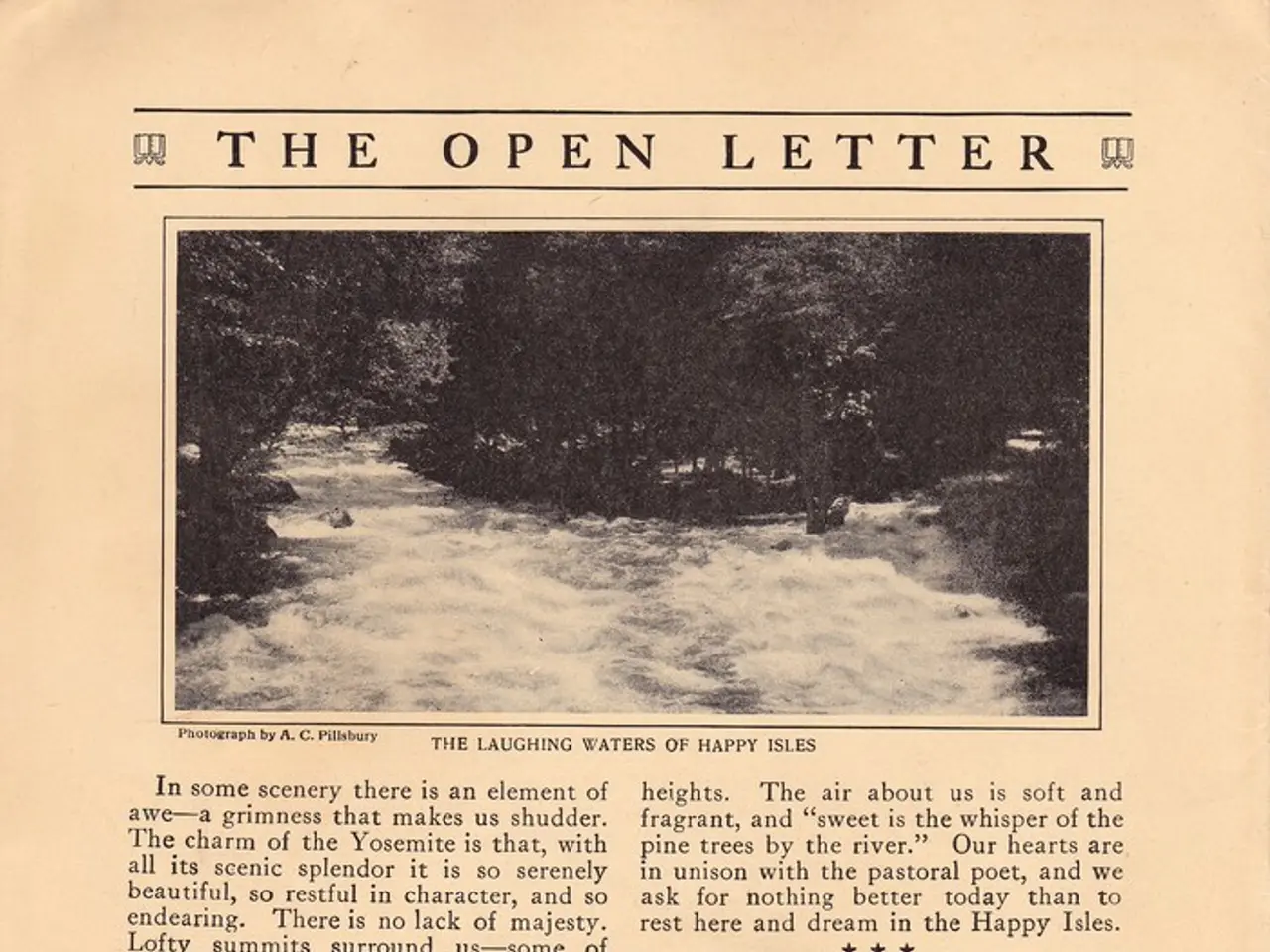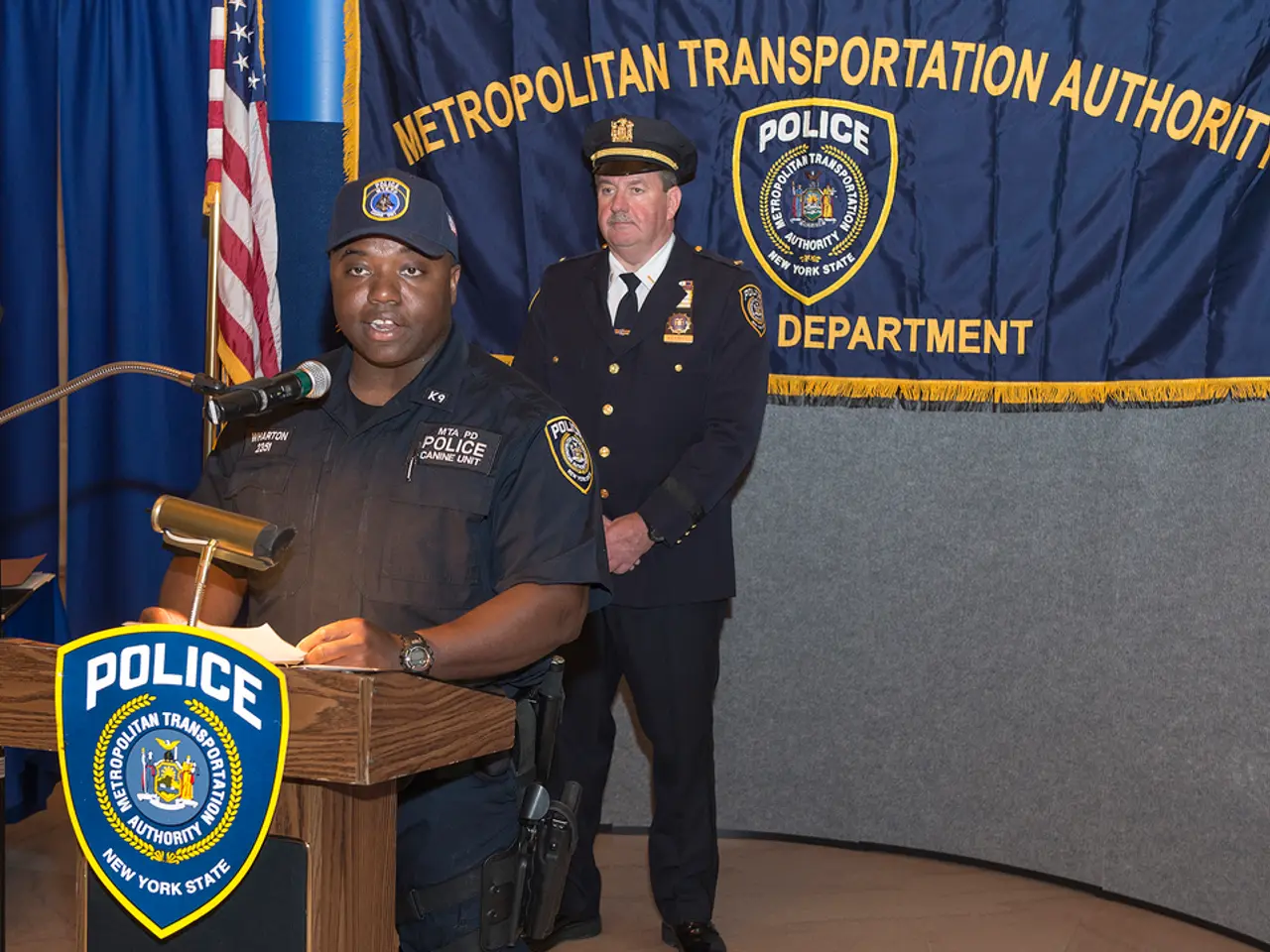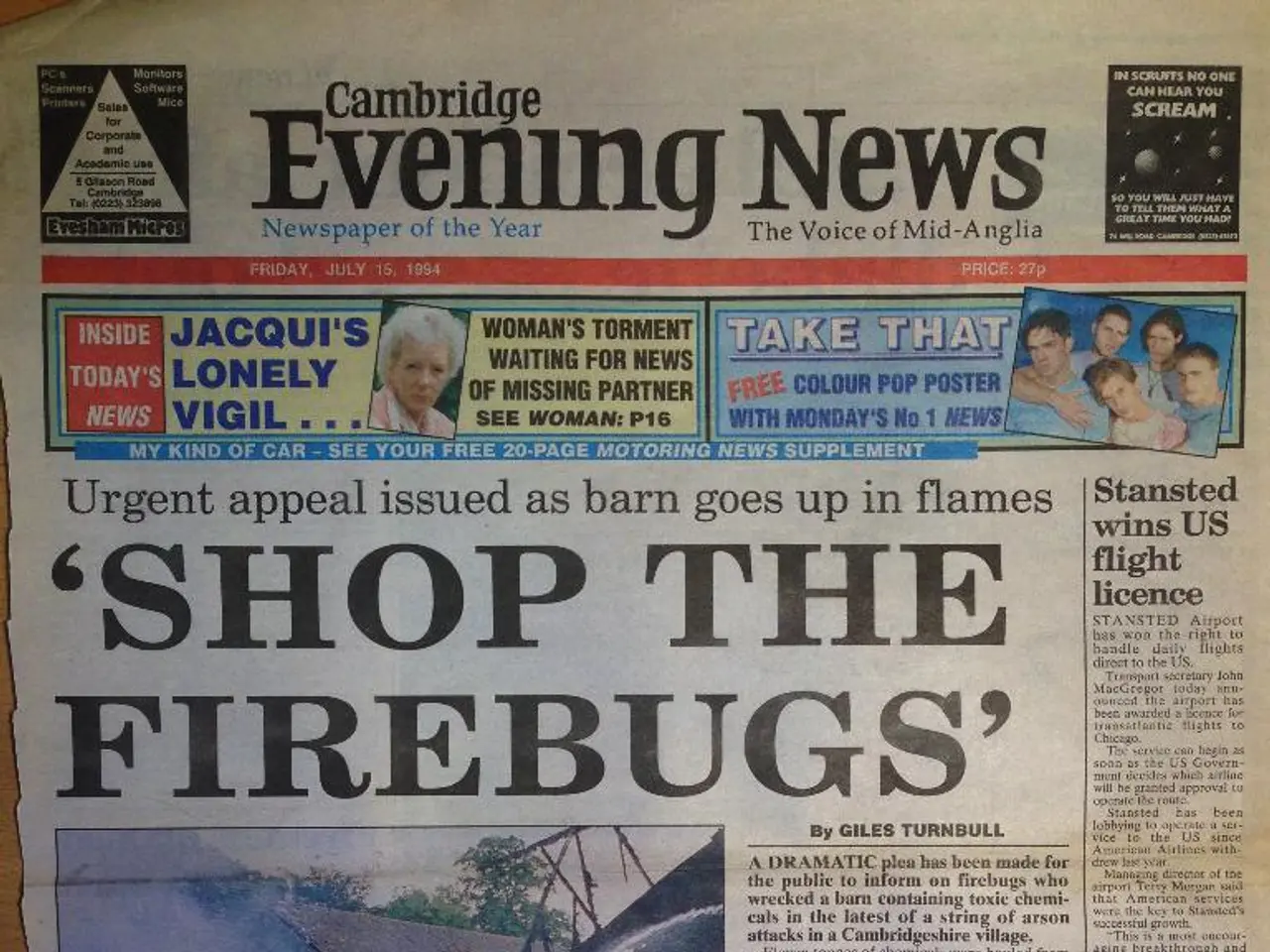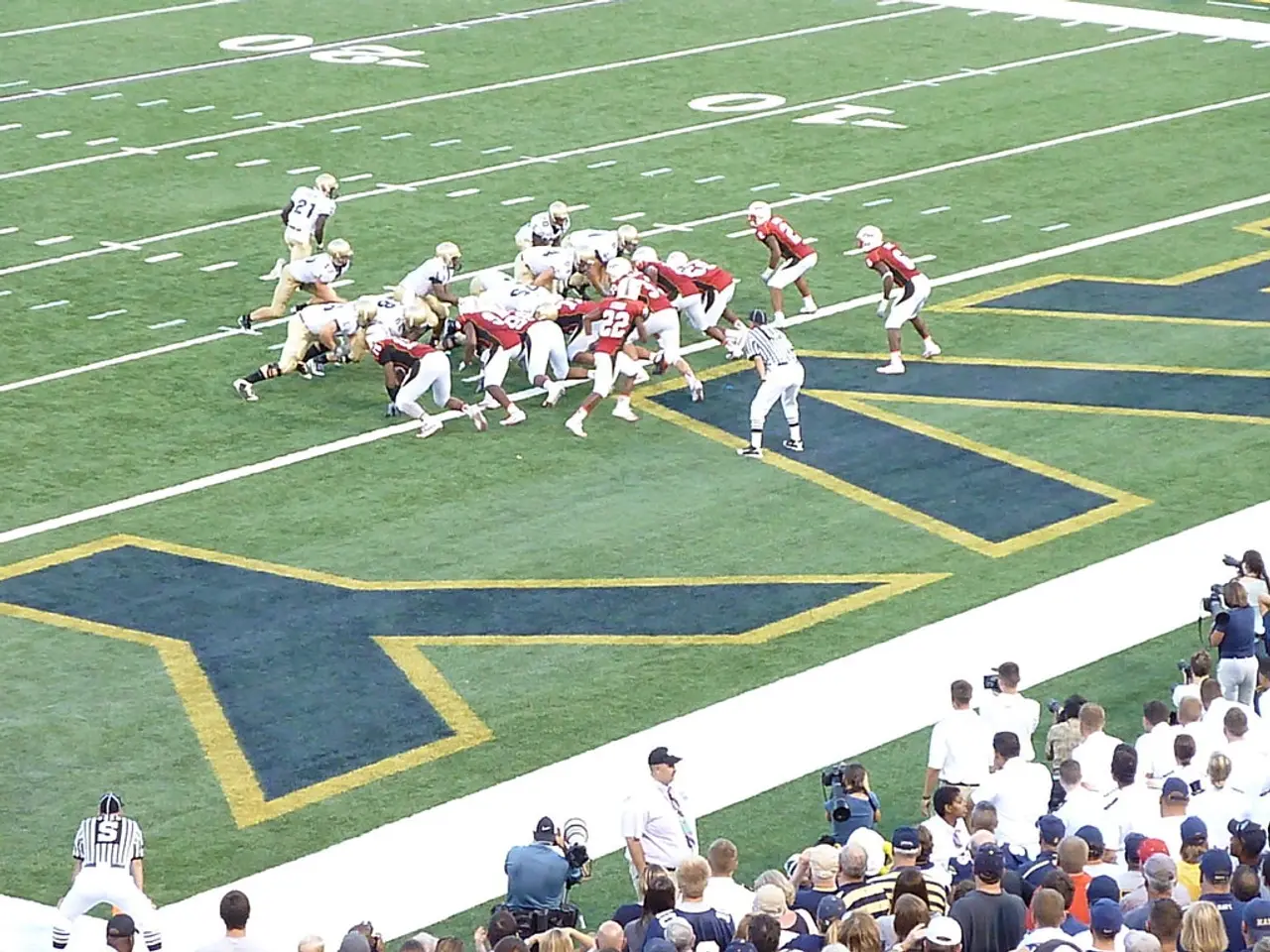Delay in Implementation of Building Safety Levy: Government postpones the introduction of the levy to 2026, succumbing to pressure from the industry.
The Building Safety Levy, a government tax aimed at raising revenue for improving building safety, has been delayed in England from its original schedule of autumn 2025 to autumn 2026. In Scotland, the levy will continue to fund building safety expenditure, including the Scottish Cladding Remediation Programme.
In England, the specifics of who will collect the levy are yet to be detailed, but it is expected to be linked to the building control process. In Scotland, the levy will be administered by Revenue Scotland. The exact method of calculating the levy is not fully detailed in the current information, but it is expected to be dependent on the type and scope of the building projects. Scottish Ministers will have the power to set the rate of the levy in Scotland.
The Building Safety Levy applies broadly to new dwellings and student accommodations in England, with some exemptions. These include affordable housing, care homes, and small developments with fewer than ten units. In Scotland, the levy is targeted at new residential developments, including homes built for sale and purpose-built student accommodations.
The Home Builders Federation (HBF) has expressed concerns that the Building Safety Levy could stifle housing delivery, particularly for Small and Medium Enterprises (SMEs). Neil Jefferson, the Chief Executive of the HBF, described the levy as a "grossly unfair" burden on developers, warning that additional costs could make many housing projects unviable. The HBF has warned that the tax could ultimately hurt homebuyers by increasing the cost of new homes.
The HBF has also called for a full impact assessment before the implementation of the Building Safety Levy, warning that without further changes, the policy could severely damage housing supply. The Federation argues that the tax could worsen the ongoing housing crisis by adding thousands of pounds to the cost of each new home.
Ministers have acknowledged economic uncertainty and a declining rate of housebuilding as factors influencing the delay of the Building Safety Levy. By pushing back the implementation, the government hopes to avoid disruption to housing projects while still ensuring funds are raised for building safety improvements.
The revenue from the Building Safety Levy will help fund the remediation of unsafe buildings. The levy specifically impacts building regulations concerning fire safety, structural integrity, and materials used in construction. Local authorities will collect the Building Safety Levy and return the funds to central government quarterly.
More detailed information on exemptions and discounts is likely to be clarified as the regulations evolve and are implemented. The HBF continues to call for a full impact assessment before the implementation of the Building Safety Levy, warning that without further changes, the policy could severely damage housing supply.
- In Scotland, the Scottish Cladding Remediation Programme, funded by the Building Safety Levy, is set to continue its expenditure on building safety.
- The Building Safety Levy, in England, is expected to be linked to the building control process for collecting the tax.
- The Building Safety Levy in Scotland will be administered by Revenue Scotland, and it targets new residential developments such as homes built for sale and purpose-built student accommodations.
- The Home Builders Federation (HBF) has warned that the Building Safety Levy could ultimately hurt homebuyers by increasing the cost of new homes and stifle housing delivery, particularly for Small and Medium Enterprises (SMEs).
- The revenue collected from the Building Safety Levy in England will be used to address building safety issues, focusing on areas like fire safety, structural integrity, and materials used in construction.








